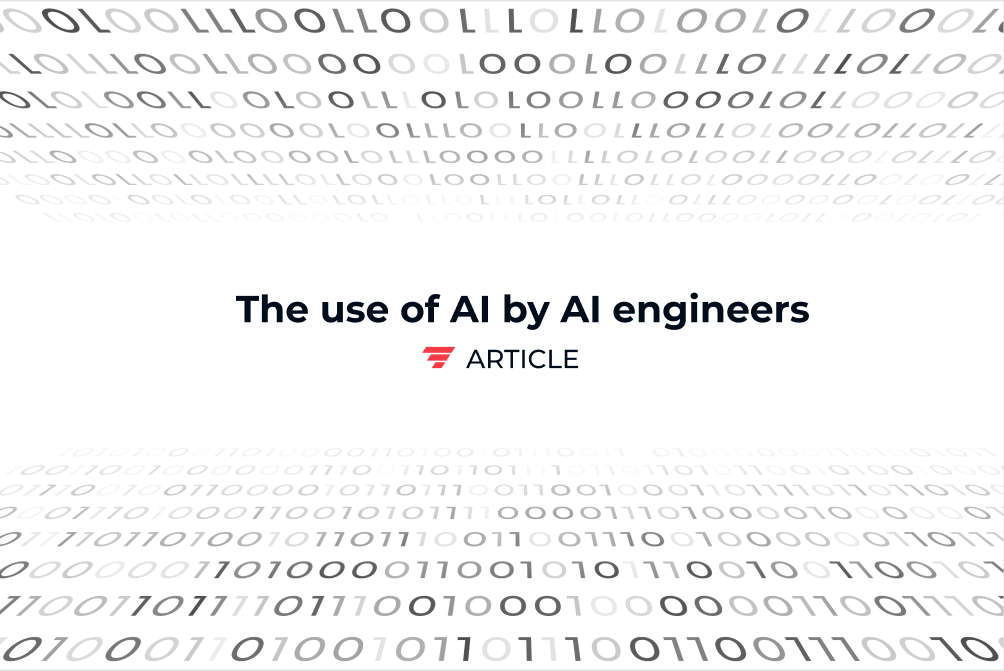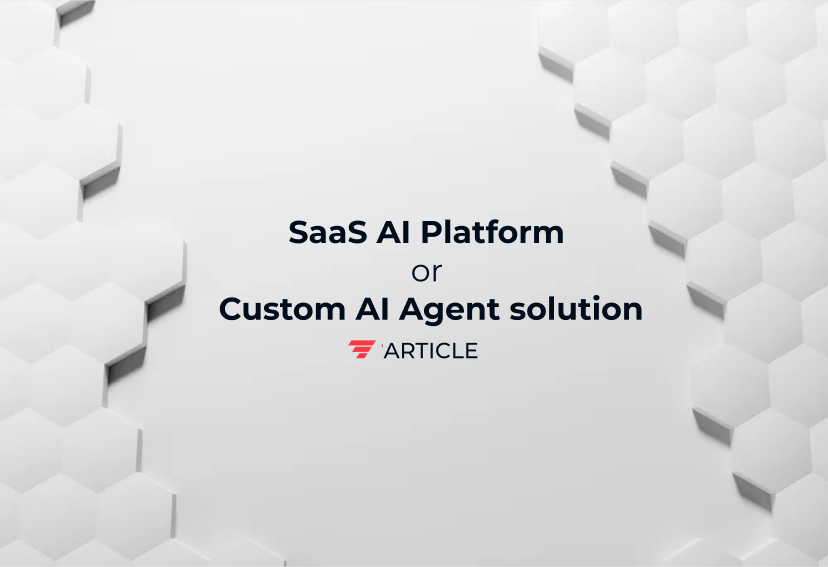What is Overfitting Data
Overfitting Data occurs when a machine learning model learns training data patterns too specifically, including noise and irrelevant details, resulting in poor generalization to new, unseen data. This phenomenon manifests when models achieve high accuracy on training datasets but demonstrate significantly lower performance on validation or test sets. Overfitting typically results from excessive model complexity relative to available training data, insufficient regularization, or prolonged training without proper early stopping. Common indicators include large gaps between training and validation accuracy, perfect or near-perfect training performance, and declining validation metrics during training. Prevention techniques include cross-validation, regularization methods (L1/L2), dropout, data augmentation, and ensemble approaches. For AI agents, overfitting can lead to brittle decision-making that fails in real-world scenarios, making robust validation and generalization testing critical for deployment. Proper overfitting detection ensures AI systems maintain reliable performance across diverse operational conditions.
Want to learn how these AI concepts work in practice?
Understanding AI is one thing. Explore how we apply these AI principles to build scalable, agentic workflows that deliver real ROI and value for organizations.




